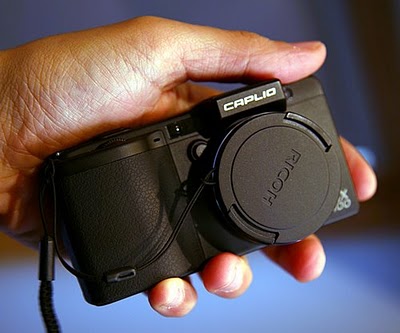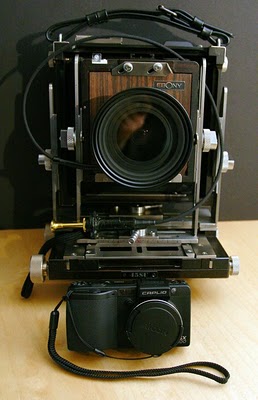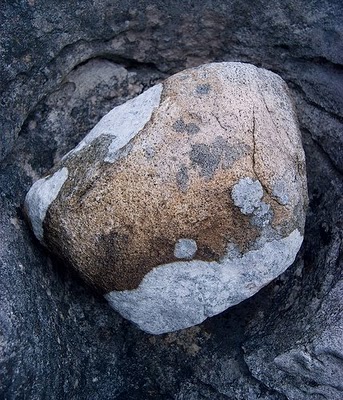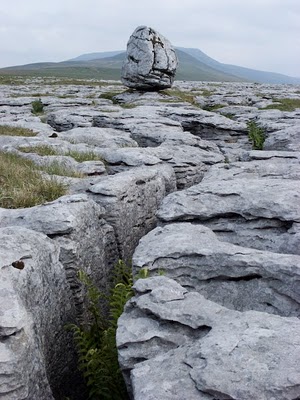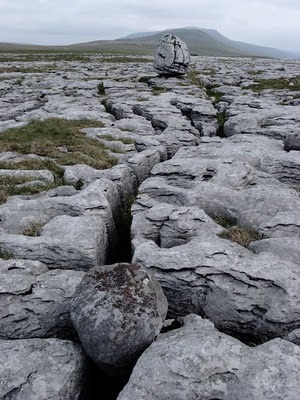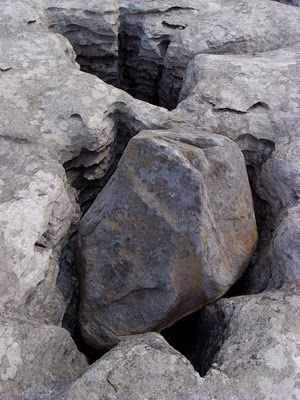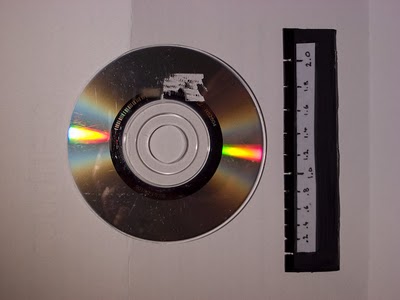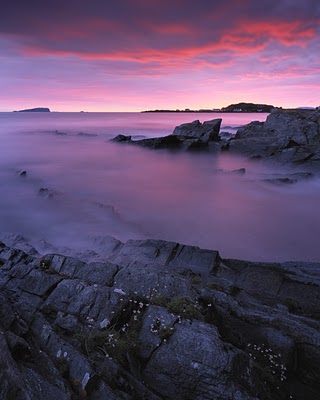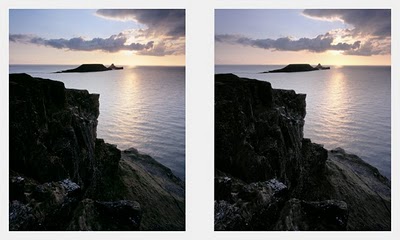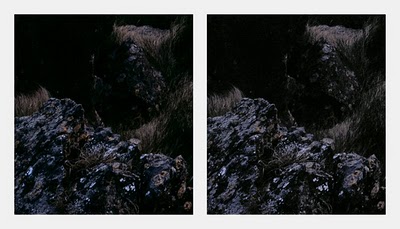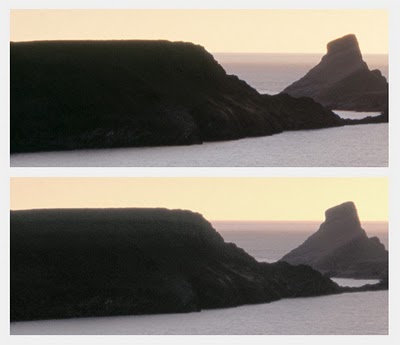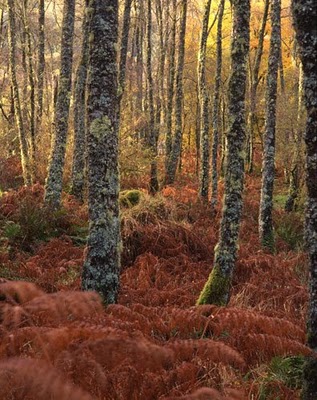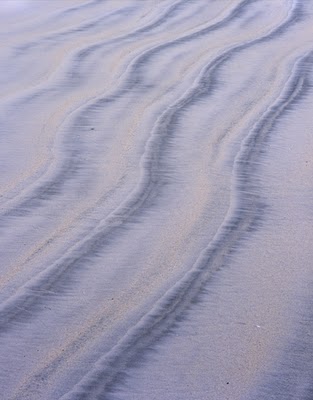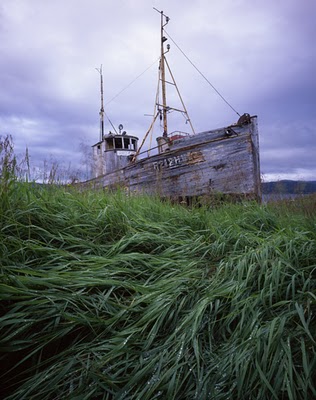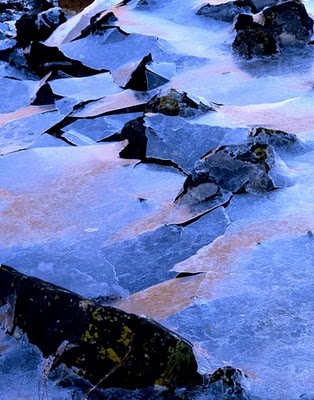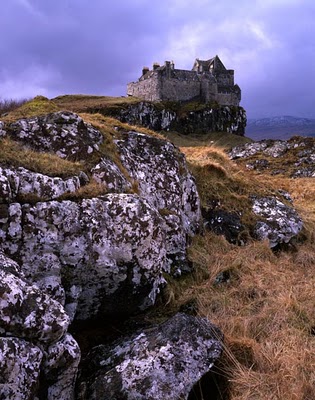Cornwall Holidays
I’ve just come back from a gorgeously sunny holiday in Cornwall which made me realise how much my tastes in weather are changing. Blue skys all day do wonders for your mood but don’t really help much in getting attractive photographs. The picture at the top of this post was taken on a really sunny day at the Strangles but whilst hiding under an umbrella (a borrowed one that was white and black big checks – my current one is black and red and lends a ghastly cast if used as a shade). The plant is English Stonecrop and is only one of many plants that are incredibly bountiful and lush at the moment. Other plants that were particularly remarkable were the Kidney Vetches (in reds, oranges and yellows), various orchids and orchid like plants, Thrift (although most of it was cooked) and many types of Speedwell. I’m not normally a ‘flower’ person but this holiday was the first time I really looked at the way the plant life and landscape interact and enhance one another and accepted that, just because they are a stereotypical subject matter, it doesn’t mean that flowers can’t be used as an ingredient in a successful composition.
We were staying in Rock (again) and spent most of our time walking around the dunes and over to The Greenaway (between Rock and Polzeath) but we also visited Pentire Head, Lundy Hole, Booby Bay and the Strangles. The Strangles was definitely the highlight with new rockfalls calving pristine geological features. The bright sunshine didn’t help though and I’m not sure I’ve got the best results, we’ll have to wait to see what the film comes back like.
I did try out some polaroid though, I figured there wasn’t much to lose in seeing what could be extracted from it. The results were useful in checking to see whether shots were compositionally OK (I think my new screen should help with this also) and they were a lot freindlier to use in hot sunshine where they ‘set’ much faster (so little smearing, running, condensation staining, etc).
I’m happy with a couple of these, probably the one with the most potential is the Foxglove one taken at Pentire Head. We’ll see when the transparencies come back.
What became apparent on the holiday is that I need to concentrate more on finding the shot – I have a bad habit of premature commital, which means I’ll get a but not the shot. I also so want to return to the same locations to extract more out of them. I’m considering closing the feedback loop a little better by taking a small laptop with me when I’m on short hikes – that way I can take digital shots, find the composition I want, see what is wrong with it and then return immediatly to correct it. This isn’t something I want to do on a regular basis but the LCD on my 5D just isn’t good enough to adequatly assess the pictures I’m taking. I do have an Epson p5000 which I was thinking about selling. I might try this instead as it’s a lot smaller and it has a bright screen. What I’m getting at is that I possibly need to spend more time fine tuning composition before committing to the picture – I’m too wrapped up in the process of taking still to be able to release my mind enough to constantly consider composition.
[I’ve just been re-reading this and it’s not quite clear what I meant. To summarise – I see an object or feature when looking for a composition. My mind then fixes on this object and tries to work out how to create a composition from it. The problem is that I’m now locked into using this object in my composition and I’m closed to any other opportunities. The problem is that there may be no suitable composition that works, even though the object itself is really interesting]
Finally, here are a couple more shots taken with the digital camera that were ‘interesting’ to me. The long exposure daylight shot was with a .9 and a .6 acrylic lee ND and also the dark end of a 1.2 Singh Ray hard grad ND. The strange colours are a result of the grads not blocking infra red and causing a colour cast across the red end of the spectrum (and also possibly a bit of the green). I’ve taken a picture using this combination and film so it should be interesting to see the difference.
Click to view full post including 4 Comments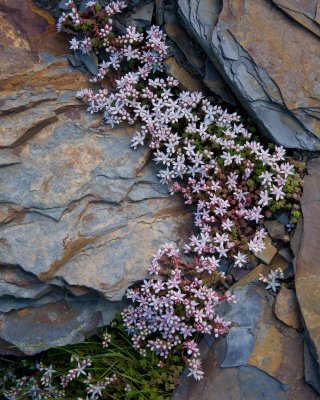
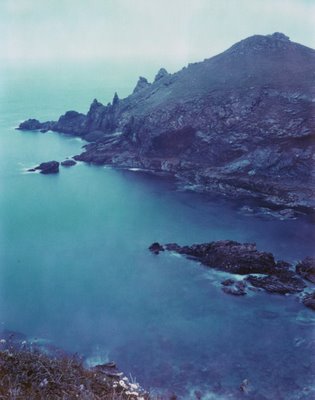
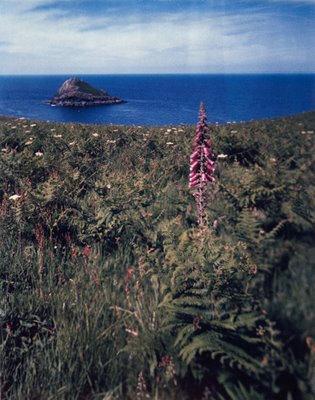
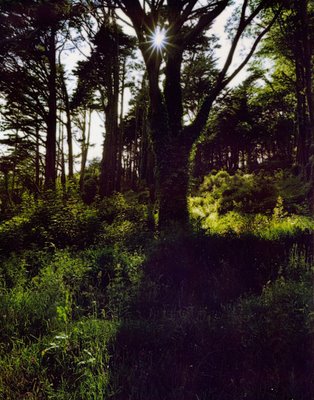
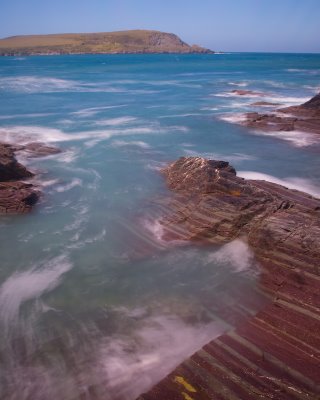
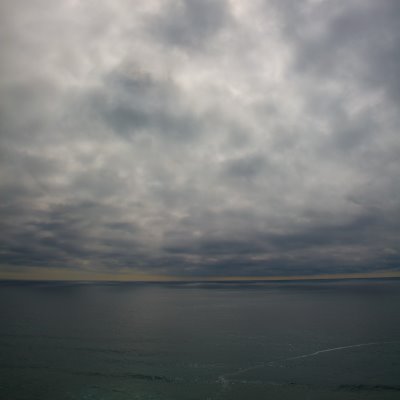
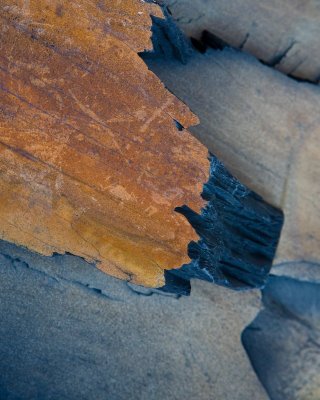
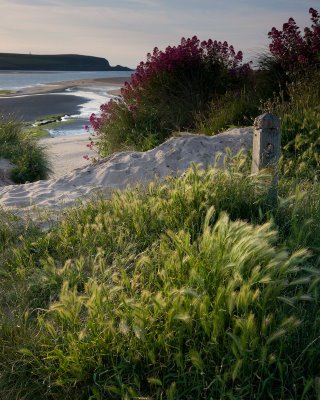
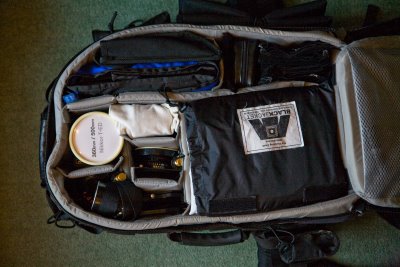
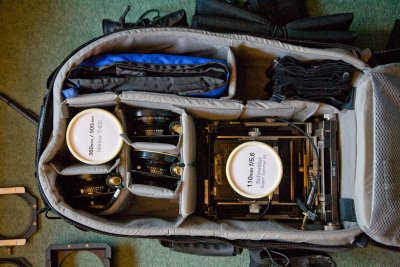
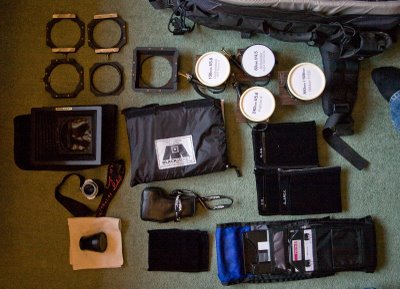
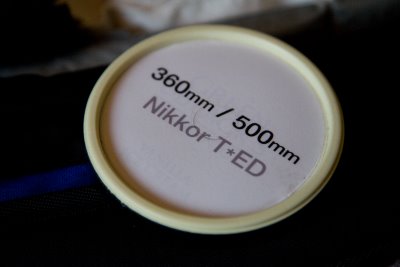
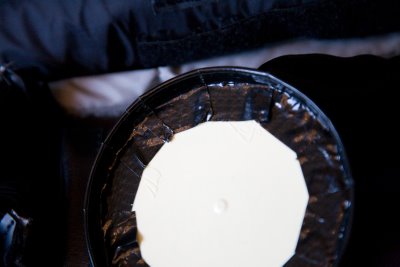
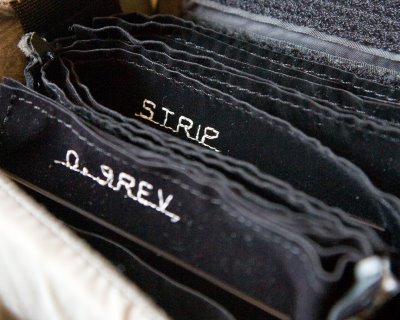
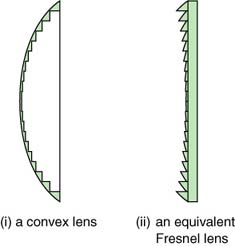

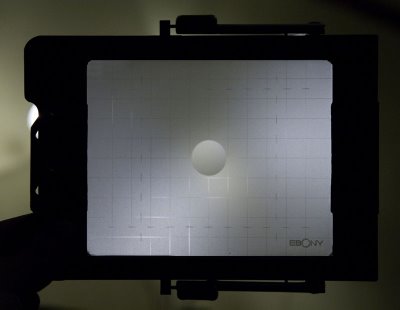

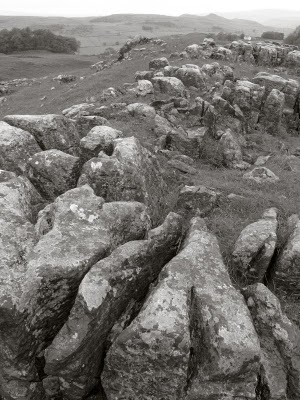
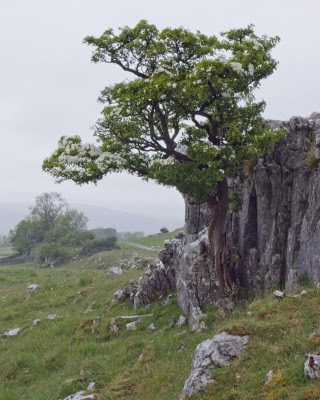
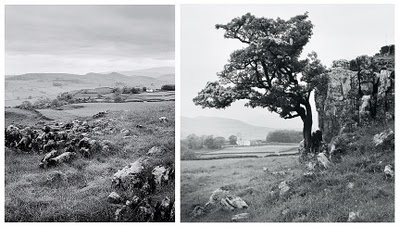
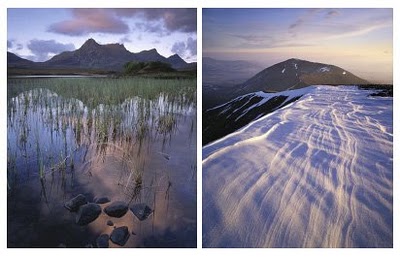
 This time it’s Joe Cornish’s turn at the Hooper’s Gallery in London (promo photos from the exhibition shown above).
This time it’s Joe Cornish’s turn at the Hooper’s Gallery in London (promo photos from the exhibition shown above).
